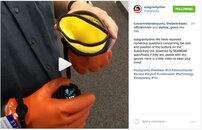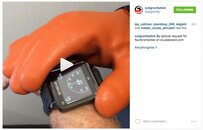- Messages
- 21,524
- Reaction score
- 21,794
- Location
- Philadelphia and Boynton Beach
- # of dives
- 2500 - 4999
I believe that is essentially true. I recall reading (you like that citation?) that the "pure" Buhlmann ZHL-16C (i.e., GFs set to 100/100, i.e., zero conservatism) is estimated to result in a measurable incidence of DCS--like on the order of several percent. No Rec computer manufacturer would be crazy enough to let a diver dive that. I have to believe that all manufacturers add a safety or conservatism buffer, whether that's by gradient factors or some other means of providing a buffer.
Stuart, I can't speak to the sample dives you ran through the different computers. Maybe the tests I had in mind were done for a broader sample of dives, including dives that would necessarily involve deco stops. Maybe they were even based on Buhlmann A or B rather than C. I do not believe the Petrel allows the user to set 100/100 in normal mode, though. As someone else pointed out, the Petrel Recreational Mode's "Low" conservatism setting corresponds to 45/95.
I don't think your statement is correct, maybe you're thinking of early Navy tables? You certainly could use a better citation.





